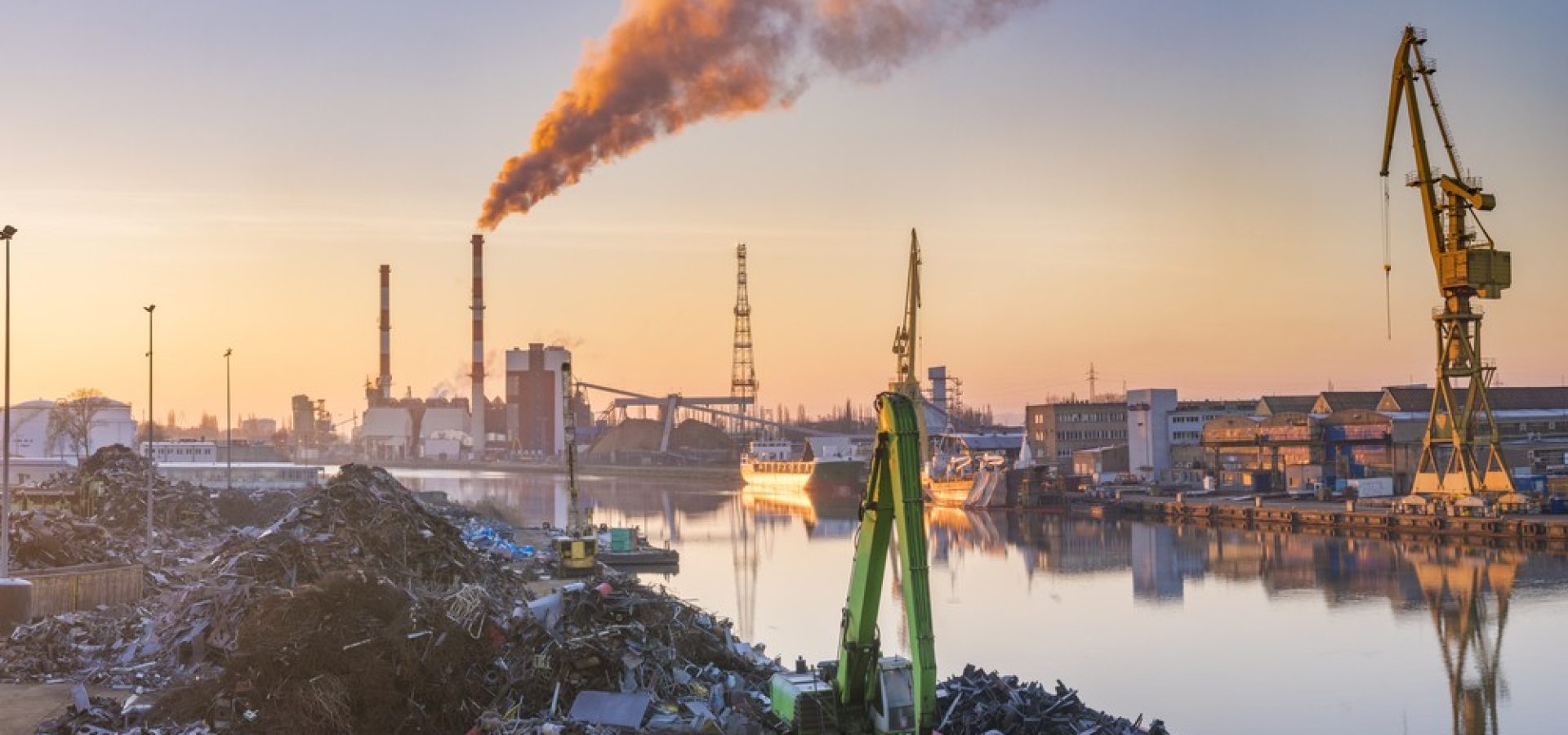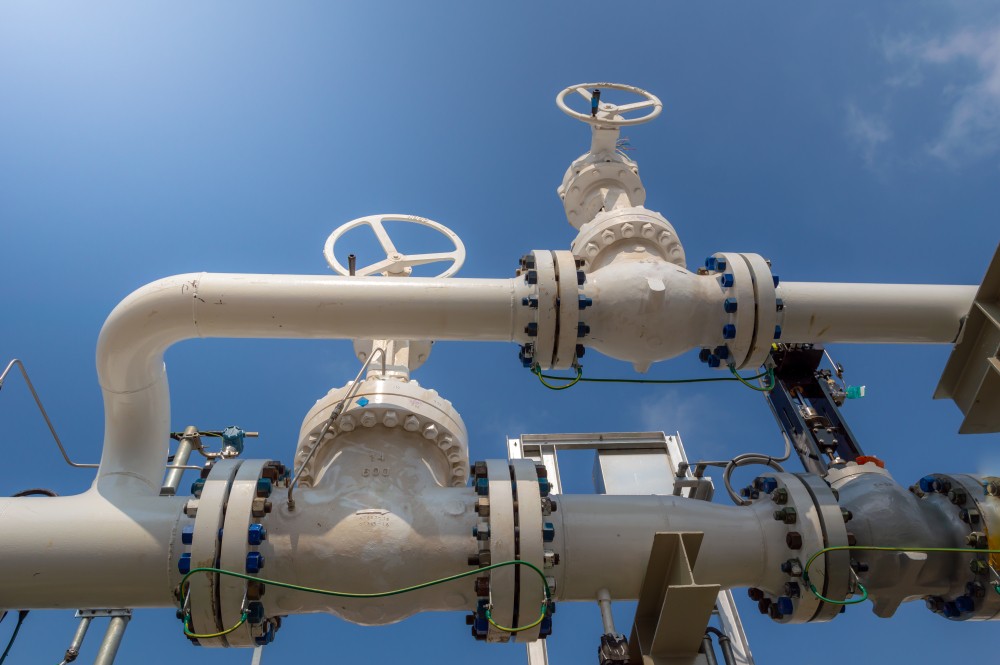Quick Look
- Australian metallurgical coal price leaps to $315 per metric ton, marking a 40.3% increase from its 2023 low.
- India and China exhibit robust import growth, contributing to a dynamic global demand.
- Australia dominates the global supply, with exports reaching near-record levels in February.
- The metallurgical coal market faces challenges from environmental concerns and economic headwinds in China.
- Commodity prices show mixed trends, with significant fluctuations influenced by global economic conditions.
The Australian metallurgical coal market has experienced a significant uptick, with prices closing at $315 per metric ton on the Singapore Exchange as of the specified date last Wednesday. This represents a notable 40.3% increase from the 2023 low of $224.50 per ton on July 6, highlighting a sharp contrast in the performance of metallurgical coal compared to other commodities. For context, Australian thermal coal prices have seen only a minimal movement from their 2023 lows, with just a 0.5% increase. Meanwhile, in the broader commodity spectrum, Brent crude oil has risen by 13.4% from its December low, while spot liquefied natural gas prices have decreased by 2.2% from their weakest point in 2023. These dynamics position metallurgical coal’s current price well above its historical range of $100-$250 from 2018 to mid-2021, though still below the record high of $635 a ton in March 2022.
India, China Drive Coal Demand Surge
The global market for metallurgical coal is experiencing a demand surge, notably from India and China. India’s imports increased to 70.49 million tons in 2023, up from 53.32 million tons in 2020, with Australia supplying 41.0 million tons of these imports. Furthermore, India’s imports of Russian metallurgical coal rose to 11.76 million tons. China’s demand also remained robust, with imports of seaborne coking coal reaching 36.8 million tons. February witnessed a rebound in Australia’s export volume, with shipments totalling 17.86 million tons, marking the second-highest figure on record. This demand is supported by Australia’s leading position in the metallurgical coal market, accounting for over half of the global volumes.
Coal Market Navigates Environmental, Economic Hurdles
Despite bullish trends in metallurgical coal, the market confronts several challenges. Environmental concerns regarding carbon emissions in the steel sector pose long-term challenges, although companies like BHP Group maintain an optimistic outlook on the market’s prospects. However, investment in new mines has become less appealing, particularly with Queensland’s increased royalties. Moreover, the commodity market has experienced a downturn, exacerbated by China’s economic challenges, including a manufacturing PMI decline to 47.4 in April and strict COVID-19 lockdowns in Shanghai. These factors have contributed to eased supply concerns and a sharp decrease in crude oil prices, further affecting the global commodity price landscape.
The metallurgical coal market stands at a complex crossroads of robust demand, significant price increases, and broader economic and environmental challenges. As the global economy navigates through these uncertainties, the resilience and adaptability of the coal markets will be crucial in maintaining stability and fostering growth amid evolving global dynamics.









COMMENTS